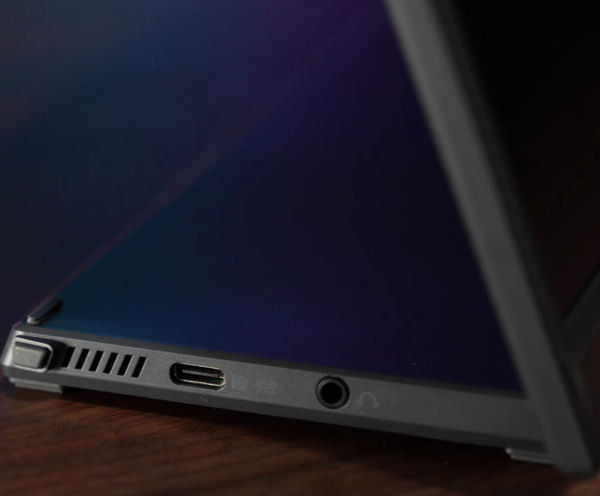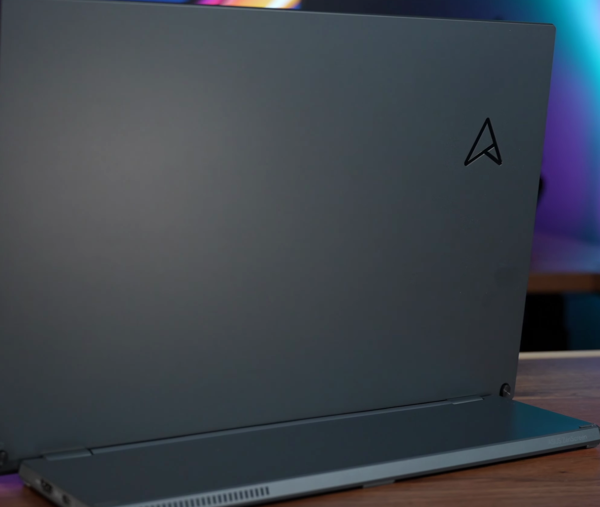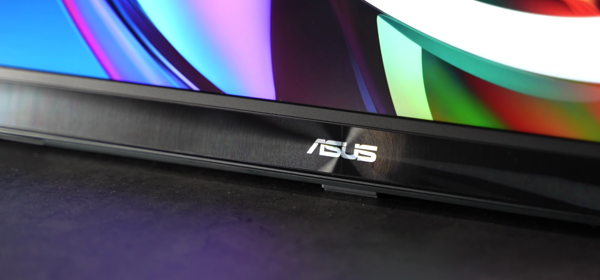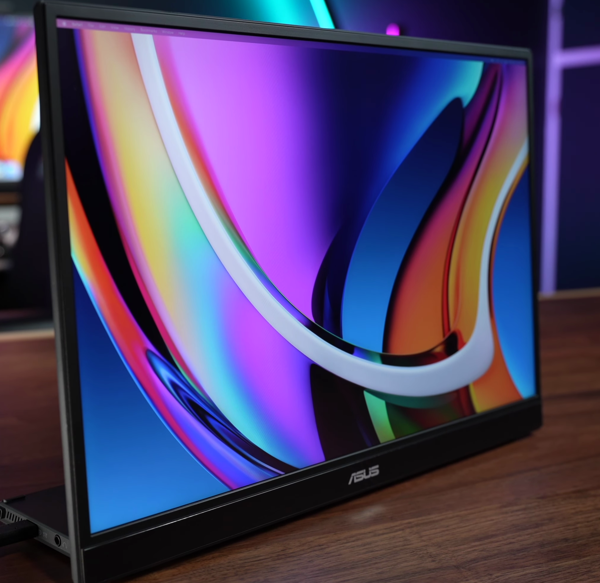Note: As an Amazon Associate I earn from qualifying purchases.
My experience with the ASUS 16’ Portable Monitor WQXGA (120Hz IPS USB-C) - (2024)
Introduction
I recently obtained the ASUS ZenScreen MB16QHG portable monitor which has gotten quite good reviews so far. As a frequent traveler, the combination of a high-performance display and a lightweight, sleek design for a portable monitor is great. More on my thoughts below.
Specifications
| Property | Value | Property | Value |
|---|---|---|---|
| Screen Size | 16 Inches | Display Resolution Maximum | 2560 x 1600 Pixels |
| Brand | ASUS | Special Feature | Portable, Energy Efficient, Eye Care |
| Refresh Rate | 120 Hz |
Photos
Click on photos to enlarge them:
Prices
Check prices of the ASUS Portable Monitor 16’ WQXGA on:
Design and Portability
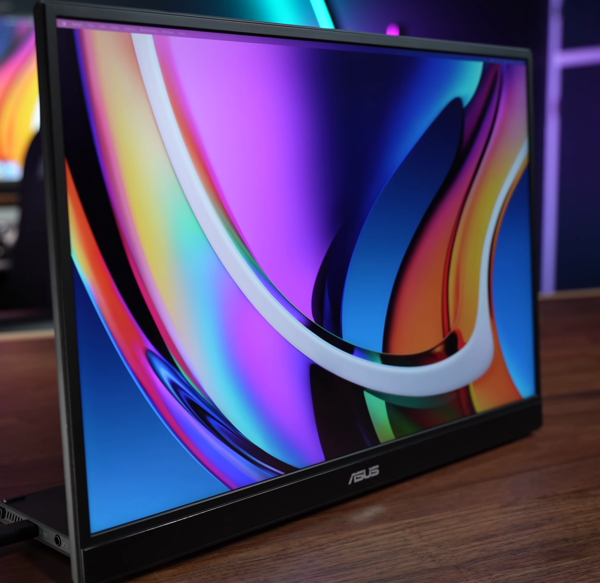
When I first laid my hands on the ASUS ZenScreen MB16QHG, I was drawn in by its sleek design and lightweight feel. At just 1.2 kg and with a 7 mm profile at its thinnest, it’s the epitome of portable, designed to slip into a bag as easily as a pad of paper. The portability factor is a huge plus for me - convenience is king when moving between workspaces or heading off-site for presentations.
Here’s a quick rundown of my personal pros and cons regarding the monitor’s design and mobility features:
Pros:
Ultrathin and Lightweight: Transport is a breeze, and it doesn’t add significant weight to my carry-on.
Integrated L-shaped Kickstand: Offers adjustable angles and presents a sturdy setup in various environments.
Landscape and Portrait Modes: Flexibility to switch between orientations enhances usability.
Cons:
HDMI Cable Compatibility: Issues with my MacBook required attention to cable choices.
Protection Concerns: While the soft case is included, I worry about the screen’s safety during travel and prefer more robust protection for peace of mind.
The integrated L-shaped kickstand caught my attention immediately. It’s not just functional; it’s a sleek addition that allows the display to be positioned with precision, something that stands out against competitors. This feature is particularly useful as it can be propped at various angles, whether I’m using it as a secondary display in landscape mode or standing it tall for reading documents in portrait.
One thing to note, though, is the kickstand does contribute to a bulkier feel compared to other portable monitors, especially those with simpler stand solutions. I appreciate the ability to customize the viewing angle but was slightly disappointed by the thickness it added to the device.
Now, while the two-sided USB-C ports contribute to a nearly seamless dual-screen setup, the HDMI compatibility issue was a hiccup—I had to ensure I had the right cable to avoid any disconnection issues with my MacBook.
As for the soft carrying case, it’s a thoughtful inclusion for dust and scratch protection. However, considering this is a premium product, a hard case or some sort of screen shield would make me feel more secure when stashing it in a packed bag. Still, a piece of thick cardboard does the trick for now.
Overall, the ASUS ZenScreen strikes a good balance between elegance and efficiency. It services my needs for a mobile and adaptable secondary screen, despite the minor inconveniences I’ve encountered. The portability aspects are well-calculated, making it a relevant choice for professionals and gamers alike who value mobility in their tech tools.
Performance and Display

As an avid user of the ASUS ZenScreen MB16QHG, my thoughts on its performance and display capabilities are shaped by first-hand experience. Here’s a breakdown of what stands out to me:
Resolution and Clarity: The 16-inch WQXGA (2560 x 1600) IPS panel is a step above many portable monitors. It offers a superbly crisp and vibrant visual experience that closely matches the quality of my primary laptop screen. Multi-tasking feels seamless with such a high-resolution secondary display.
Color Accuracy and Gamut: With 100% DCI-P3 color gamut and HDR technology, this monitor exhibits rich, true-to-life colors. This aspect is critical for my creative work, where color precision is imperative.
Refresh Rate: The 120Hz SmoothMotion refresh rate is particularly notable. Whether I’m scrolling through documents or playing a game after hours, the smoothness is markedly superior to standard 60Hz monitors.
For someone who values a fine balance between pristine image quality and fluid motion, this monitor ticks the right boxes. Even so, there are a couple of aspects that could be seen as drawbacks. The large bottom bezel can be an eyesore, especially when compared to the sleeker design of some laptops. Additionally, navigating the on-screen menus can sometimes be less intuitive than I’d prefer, a trait that seems common across ASUS products.
But these minor points pale in comparison to the overall excellence of the display. The 178° viewing angles also deserve a mention, maintaining color and contrast integrity from various seating positions, which is crucial when I’m not directly in front of the screen or sharing content with others.
I do have misgivings about the lack of a touch screen, something that could have enhanced interaction, especially for design tasks. Yet, the display’s precision and stunning portrait mode capability compensate for this. The clarity in portrait mode is phenomenal for coding or reading lengthy documents.
It’s worth noting that while the monitor is feature-packed, the price point may be a deterrent for those on a tighter budget. However, investing in a higher-end portable display has certainly elevated my work and play experience.
To sum up, the ASUS ZenScreen MB16QHG has enriched my digital life in nuanced but significant ways. The exceptional display performance is a constant reminder of the leaps technology has taken, bringing vivid, fluid, and vibrant visuals to a portable form factor that doesn’t sacrifice on quality. Despite some minor shortcomings, I’d recommend it as an investment in one’s productivity and entertainment needs.
Connectivity and Versatility

In the realm of tech where connectivity and versatility are key, my ASUS 16” Portable Monitor (MB16QHG) steps up to the challenge. As a hybrid worker, I’ve found the dual USB-C ports on either side of the monitor to be a game-changer. Not only do they provide the flexibility needed for an efficient setup, but they’re wired for both display signals and power transmission. This means I’m not fumbling with multiple cables – one USB-C cable is all it takes for a clean and clutter-free workspace.
Here’s a quick rundown of the connectivity features that stand out:
Two full-function USB-C ports: for versatile, single-cable connectivity for both power and display.
HDMI port: broad compatibility with various devices.
3.5 mm audio jack: ready for wired headsets or speakers.
While the HDMI cable snafu with my MacBook was a hiccup - only the Type C worked - it’s a minor drawback compared to the overall convenience. Surprisingly, the monitor even includes a 3-month Adobe Creative Cloud Subscription, adding value for creatives like me who can make good use of that offer.
With the inclusion of an earphone jack alongside HDMI, there are enough ports to keep my desk looking neat and professional. I’m particularly pleased with the L-shaped kickstand, a design feature that lifts the device to eye level effortlessly. It supports both landscape and portrait modes, catering to different types of content with ease.
On the software side, the ASUS DisplayWidget Center tool is a sweet addition for auto-rotate functionality – although, keep in mind it’s exclusive to Windows operating systems. For Mac users, it’s a manual switch.
A subtle but cherished feature is the integrated tripod socket. This gives a nod to versatility, allowing for height adjustments using a standard tripod, thus enabling ergonomically sound viewing angles during long work sessions or intense gaming bouts.
Despite the numerous positives, there are some downsides. The screen’s stand contributes to its bulkiness, doubling the thickness, and it lacks hard screen protection. I’ve resorted to improvisation for safeguarding the screen while traveling.
The MB16QHG strikes a healthy balance between high-end feel and practical use. The additional weight from the stand is a trade-off for the adjustable angles it offers, which I deem worth it for the enhanced user experience. Being able to connect easily to my laptop and quickly set up my workspace has streamlined my productivity and gaming sessions without fail, marking it as a trusted companion regardless of location.
Gaming and Productivity Balance

When it comes to balancing gaming and productivity, the ASUS ZenScreen MB16QHG finds itself walking a delicate tightrope. On one hand, it’s equipped to handle the demands of fast-paced gaming sessions, thanks to its 120Hz SmoothMotion refresh rate and compliance with DisplayHDR™ 400 standards. On the other, it’s tailored to serve as a robust secondary display that amplifies workplace efficiency, particularly beneficial for those who toggle between work and play.
From personal experience, the attributes I’ve grown to appreciate about the ZenScreen MB16QHG include:
High Refresh Rate: Ideal for smooth, crisp gameplay and fluid visuals when working with dynamic content.
Color Accuracy and Range: The 100% DCI-P3 color gamut delivers vibrant images that enhance both media consumption and creative tasks.
Adaptive Use: Whether laid flat for group collaboration or propped up in portrait for coding and reading, it adapts to varying needs.
However, like any piece of tech, it has its flaws. While it’s true that the quality and build are sturdy, there were times I found the menus a bit cumbersome to navigate—a common quirk with ASUS products. And while the HDR mode is admirable, it’s not without noting that reaching full brightness does depend on using the power adapter, which can introduce another cable into your setup. The lack of built-in speakers was also a drawback, especially when used as a standalone display for gaming or media.
Nevertheless, what this monitor gets right, it gets really right. Its gaming performance is commendable, and it successfully doubles as a productivity powerhouse. Pairing with my ASUS Zenbook was a breeze, providing a seamless experience that felt like an extension of my primary device. With a portable monitor like this, it’s as if I’ve got a dual-screen setup wherever I go.
In conclusion, the ZenScreen MB16QHG holds its own as a multi-faceted tool. For those who need a portable display that doesn’t compromise on visual fidelity or versatility, it’s a strong contender. Granted, it comes at a premium price point, but for the quality, flexibility, and performance it offers, it’s a price I’ve found justifiable. It’s not just another accessory; it’s a game-changer for anyone who’s serious about their digital experience, both in and out of the office.
